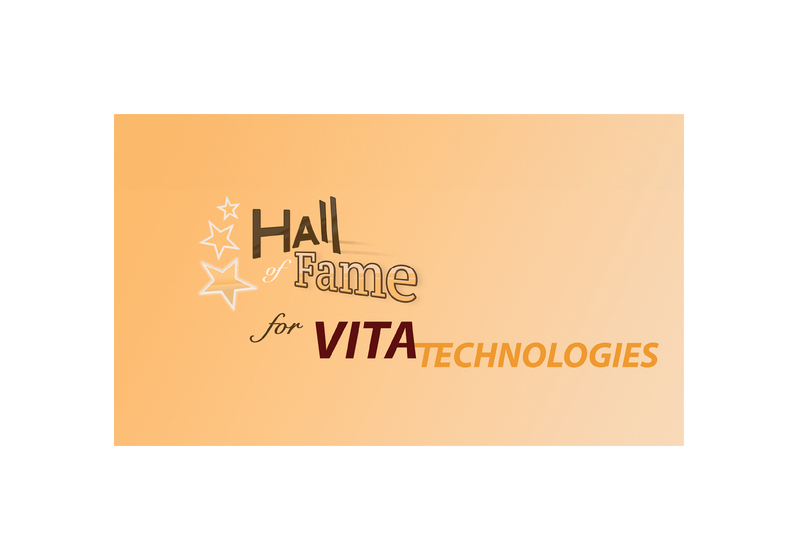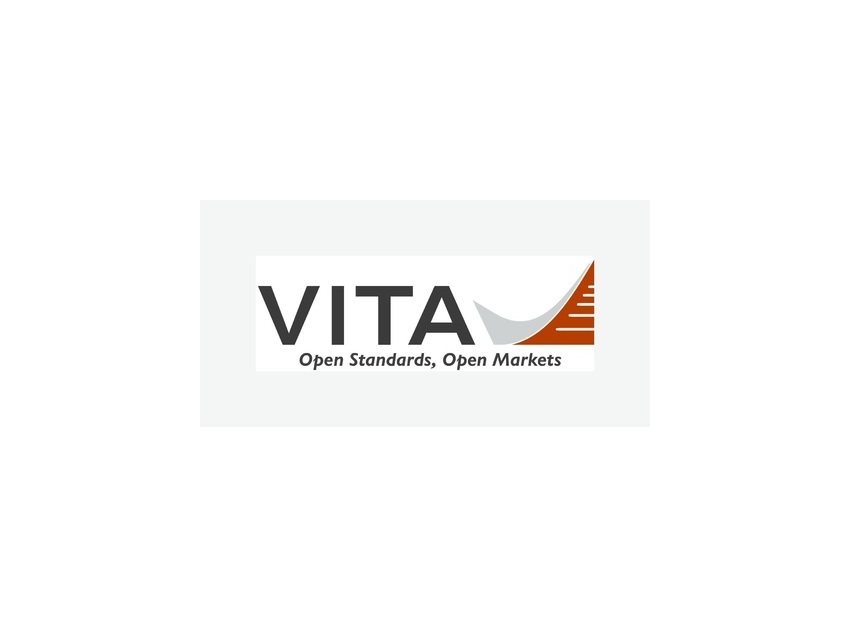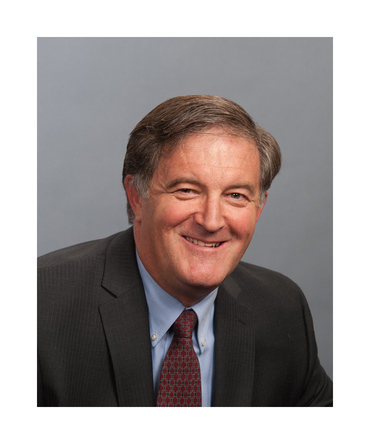ARGONNE, Ill. (July 16, 2009) — U.S. Department of Energy laboratories fight off millions of cyber attacks every year, but a near real-time dialog between these labs about this hostile activity has never existed – until now.
Scientists at DOE’s Argonne National Laboratory have devised a program that allows for Cyber Security defense systems to communicate when attacked and transmit that information to cyber systems at other institutions in the hopes of strengthening the overall cyber security posture of the complex.
“The Federated Model for Cyber Security acts as a virtual neighborhood watch program. If one institution is attacked; secure and timely communication to others in the Federation will aide in protecting them from that same attack through active response,” cyber security officer Michael Skwarek said.
Prior to the development of the Federated Model for Cyber Security, the exchange of hostile activity was solely on the shoulders of the human element. In cyber attacks, every second counts and the quicker that such information can be securely shared, will assist in strengthening others against similar attacks. With millions of cyber security probes a day, the human element will not be successful alone.
“This program addresses the need for the exchange of hostile activity information, with the goal of reducing the time to react across the complex. History has shown, hostile activity is often targeted at more than one location, and having our defenses ready and armed will assist greatly.” Skwarek said.
Currently, the program is capable of transmitting information regarding hostile IP addresses and domain names, and will soon be able to share hostile email address and web URLs to others in the Federation.
The development of this program led to Skwarek along with Argonne’s cyber security team members Matt Kwiatkowski, Tami Martin, Scott Pinkerton, Chris Poetzel, Gene Rackow and Conrad Zadlo winning the DOE’s 2009 Cyber Security Innovation and Technology Achievement Award.
The Federated Model for Cyber Security has proved to be an important cyber security and communication tool. Use in the private sector, as well as in institutions with heavy collaborative efforts can realize an operational gain by leveraging the power of sharing and learning from others on what they see and defend against on a daily basis.
The U.S. Department of Energy’s Argonne National Laboratory seeks solutions to pressing national problems in science and technology. The nation’s first national laboratory, Argonne conducts leading-edge basic and applied scientific research in virtually every scientific discipline. Argonne researchers work closely with researchers from hundreds of companies, universities, and federal, state and municipal agencies to help them solve their specific problems, advance America’s scientific leadership and prepare the nation for a better future. With employees from more than 60 nations, Argonne is managed by UChicago Argonne, LLC for the U.S. Department of Energy’s Office of Science.






